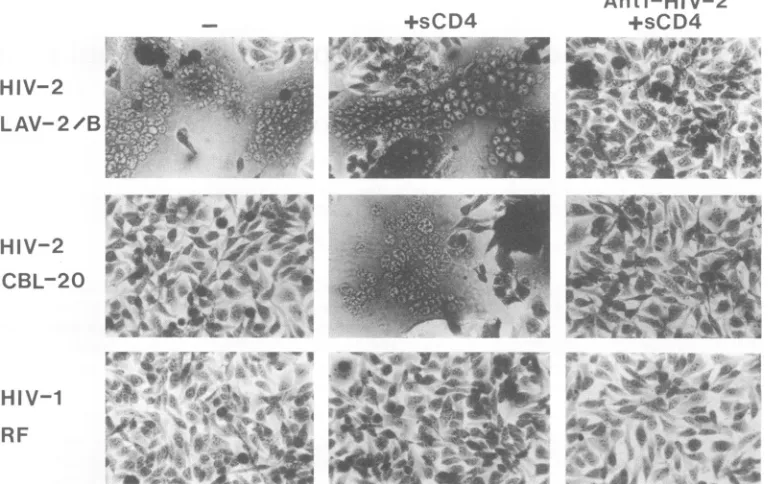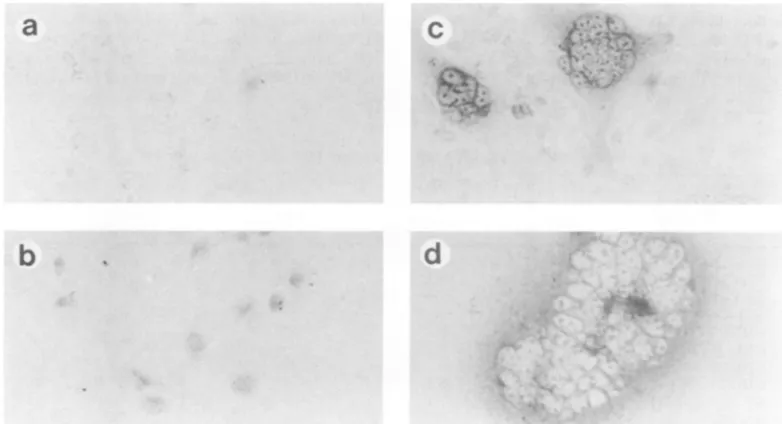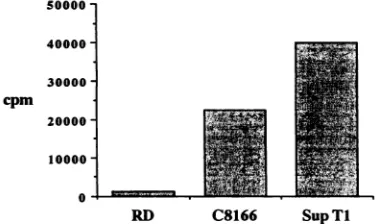Human immunodeficiency virus type 2 infection and fusion of CD4-negative human cell lines: induction and enhancement by soluble CD4.
Full text
Figure




Related documents
We have now examined the recombinational history and evolution of all viruses belonging to the WEE antigenic complex, including the Buggy Creek, Fort Morgan, Highlands J,
Further, large numbers of nonenveloped capsids accumulated in the cytoplasm of F-gK b -infected Vero cells, virus particles did not reach the cell surface, and the few
Translation but Not the Encoded Sequence Is Essential for the Efficient Propagation of the Defective Interfering RNAs of.. the Coronavirus Mouse
a proposed posttranscriptional regulatory mechanism that in- hibits the endogenous BZLF1 RNA from translation, plasmid pCMVZmS, which allowed a constitutively high expression of
Binding of trans-dominant mutant Rev protein of human immunodeficiency virus type 1 to the cis-acting Rev-responsive element does not effect the fate of viral mRNA.
optimal transactivation of the HIV-1 TAR, including the presence of a base-paired stem structure (7, 28, 40), as well as specific nucleotides within both the bulge and the loop (5,.
Western blot analysis of AcMNPV-infected Sf9 cells and < C' occlusion bodies using both OpMNPV TrpE-gp37 and CbEPV 38.5-kDa protein antisera demonstrated the pres- ence of the
We have demonstrated that the stimulation of virion production in chronically infected T cells and promonocytes is associated with a 3- to 5-fold increase in the steady-state level